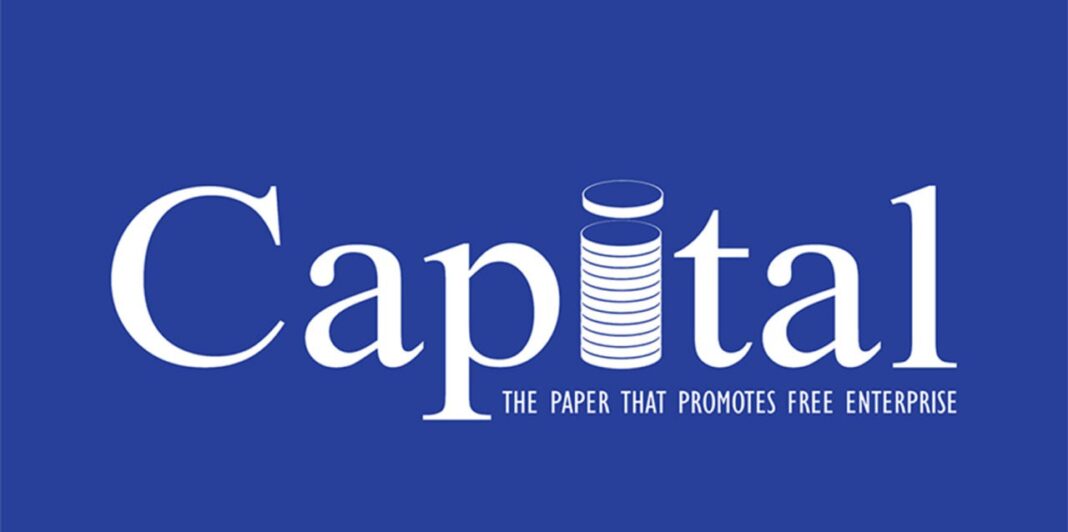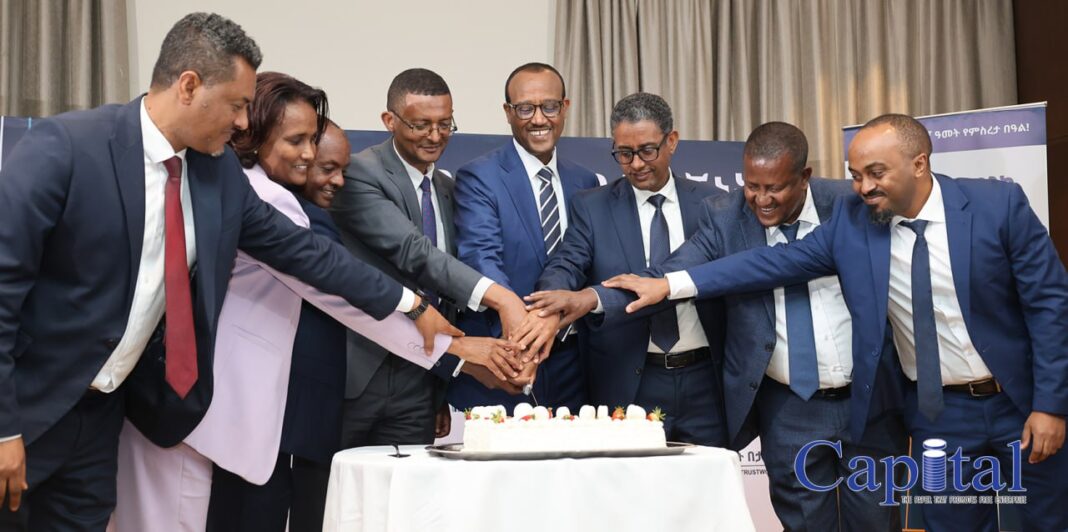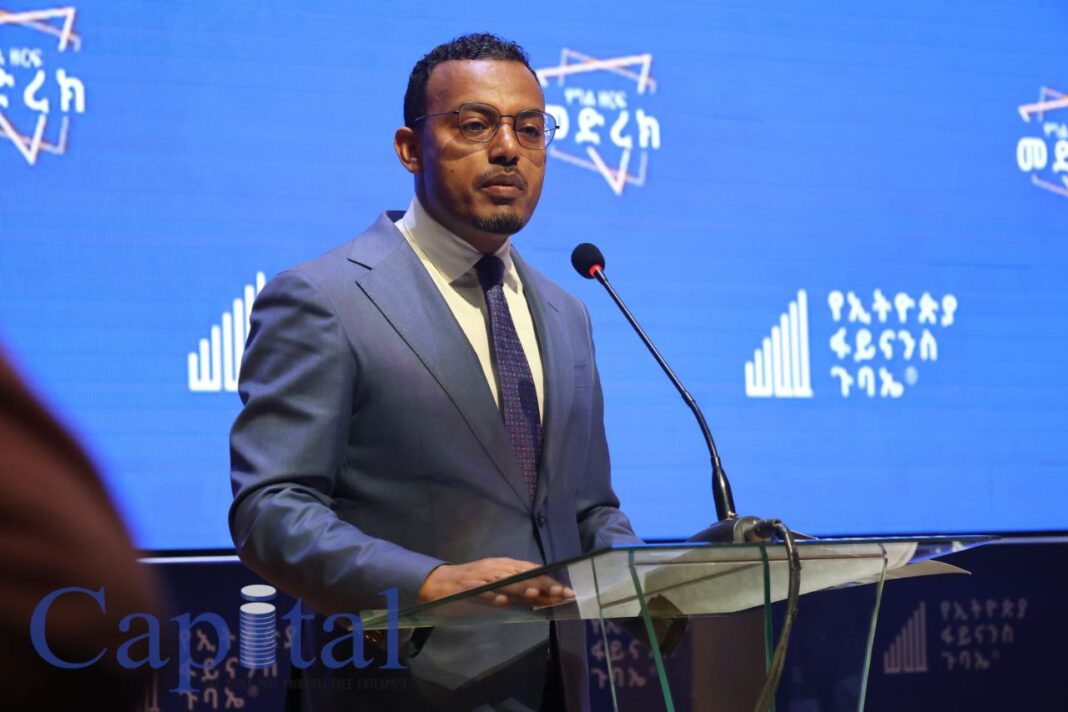High Frequency of External Shocks Derailing Ethiopia’s Progress on Sustainable Development Goals.
The velocity and quantum of Volatile, Uncertain, Complex, and Ambiguous- VUCA exogenous shocks continues to rise and jeopardize Ethiopia’s achievement of the 17 UN Sustainable Development Goals- SDGs. Transformative leadership is thus required to future proof Ethiopia’s progress and prevent rollback and reversal of gains to date. Enterprise risk management classifies these exogenous shocks into four categories. Elephant in the Room are risks that everyone sees and ignores of unknown awareness but known impact. Gray Rhino are high probability risks which leaders ignore are of known awareness and known impact. Black Jellyfish are rare and predictable risks of known awareness but unknown impact. Black Swans are rare high impact risks of unknown awareness and unknown impact.
The UN set the baseline year for measuring achievement of Millennium Development Goals –MDGs (15 years between 2000 and 2015) to be 1990.HIV/AIDS pandemic has decimated over 42.3 million people since 1981. The Gulf War emanated from Iraq’s invasion of Kuwait. The 1990s saw World Bank and IMF pushing developing economies to adopt painful Structural Adjustment Programs (SAPs) in the 1990s as conditions for balance of payments and budget loans. Thailand in 1997 was the epicenter of the Asian Financial Crisis. The Dot.Com internet bubble burst in 2001. The Global Financial Crisis (GFC) and Great Recession emanated from the 2007-2010 US sub-prime mortgage crisis. The Great Lockdown was birthed by Covid19 pandemic in 2020. High inflation, interest rates and local currency depreciation followed the wake of the 2022 Russia-Ukraine war. There is huge global uncertainty from US President Trump policies on tax cuts, April 2025 liberation day reciprocal tariffs trade wars plus defunding of USAID and WHO. There is immense and palpable continental uncertainty on the future of African Growth and Opportunity Act (AGOA) renewal after expiry on 30th September 2025.
Ethiopia’s Achievements of the Eight MDGs – 1990 – 2015.
Ethiopia made great strides towards achieving of the Millennium Development goals by end of 2015. World Bank data on MDG# 1 on eradicating extreme poverty and hunger shows Ethiopia’s GNI per capita rose from $260 in 1990 to $580 in 2015. The achievement of universal primary education as per MDG#2 saw primary school completion rate (percentage of relevant age group) rise from 22.2 percent in 2000 to 54.3 percent in 2015 as net primary school enrollment rose from 40 percent to 85.4 percent. MDG#3 on promotion of gender equality and empowering women saw contraceptive prevalence of women aged 15-49 rise from 4.8 percent in 1990 to 37.9 percent in 2015. Adolescent fertility rate (births per 1,000 women ages 15-19) dropped from 118.3 to 67.3. Proportion of seats held by women in national parliament rose from 7.7 percent in 2000 to 38.8 percent in 2015. MDG#4 on child mortality reduction saw Infant Mortality Rate (IMR) per 1,000 live births decline from 120.2 in 1990 to 44.2 in 2015 while Under Five Years Child Mortality Rate (CMR) fell from 202 to 64.2.
MDG#5 on improving maternal health saw maternal mortality ratio (per 100,000 live births) fall from 1,250 in 1990 to 353 by 2015. Combating HIV/AIDS and other diseases of MDG#6 saw antiretroviral therapy coverage of people living with HIV reach 62 percent by 2015. Environmental sustainability’s MDG#7 saw forest area percent of total land area decrease from 15.2 to 12.5. Global partnerships SDG#8 recorded trade (percent of GDP) rise to 39.7. Debt service percentage of exports and primary income improved from 37.7 to 17.2. Mobile cellular subscriptions (per 100 people) reached 42.4 while internet users (per 100 people) reached 13.9 percent in 2015.
Ethiopia’s Achievements of the 17 UN SDGs 2015- 2024.
Ethiopia’s SDG Index score at 55.4 was higher than Sub-Sahara Africa at 53.9 but lower than global average of 68.6. SDG#13 is green in goal achievement and on track or maintaining achievement.SDG#12 green in goal achievement and moderately increasing. SDG#1 is in yellow as challenges remain and moderately increasing. SDG#5 is in yellow as challenges remain and stagnate. SDG#10 is in yellow as challenges remain.SDGs#3 is in red as major challenges abound and moderately increasing. SDGs#7 are in the red and moderately increasing.SDGs#2, SDGs#4, SDGs#6, SDGs#7, SDGs#8, SDGs#9, SDGs#11, SDGs#15, SDG#16 and SDGs#17 are in the red signaling major challenges and stagnant. SDG#14 had no data.
Ethiopia’s SDG#1 on eradicating extreme poverty saw rise of annual GNI per capita to USD$1,010 in 2022 but a lot of jobs and wealth creation is required because this is still below lower middle income status of USD$1,136.Poverty headcount ratio at $3.65/day (percent) is high at 34.4 percent versus world at 14 percent in 2025.SDG#2 on end hunger has high prevalence of undernourishment of 22.2 percent equivalent to Sub-Sahara Africa’s but above the world’s average of 9.9 percent in 2022. Cereal yield (tons per hectare of harvested land) is low at 2.8 compared with world average of 4.4 in 2022 but above Sub-Sahara Africa’s at 1.8.
SDG#3 on good health has seen maternal mortality rate (per 100,000 live births) fall to 194.9 in 2023 which is below Sub-Sahara Africa’s high of 421.8 but above the world at 113. Mortality rate, under-5 (per 1,000 live births) fell to 46.5 in 2023 which is below Sub-Sahara Africa at 66 and above the world at 24.6.Life expectancy at birth (years) is rising at 67.3 years in 2023 but lagged world at 73.4 years.. SDG#4 on quality education saw net primary enrollment rate at 76.2 percent lag the world at 92.9 percent in 2023. Lower secondary school completion rate at 22.2 percent lags the world at 83.9 percent in 2023.
SDG#5 on gender equality and women empowerment has the ratio of female-to-male mean years of education received at 52.3 percent lags below both Sub-Sahara Africa at 69.7 and the world at 85.2 in 2022. Ratio of female-to-male labor force participation rate at 73.2 percent in 2024 lags Sub-Sahara Africa at 83.2 but is above the world at 66.7. Seats held by women in parliament at 41.9 percent in 2025 fares better than both Sub-Sahara Africa and the world.SDG#6 on clean water, sanitation and hygiene saw population using at least basic drinking water services at 51.5 percent in 2022 lag Africa at 65 percent and world at 91 percent. Population using at least basic sanitation services at a very low 9.3 percent in 2023 lags both Sub-Sahara Africa at 34.7 percent and the world at 80.1 percent.
SDG#7 on affordable and clean energy has seen access to electricity 55 percent is above Sub-Sahara Africa at 51.3 percent but lags the world at 91.2 percent in 2022. Population with access to clean fuels and technology for cooking was very low at 8.8 percent in 2022 as compared with Sub-Sahara Africa at 21.9 percent and the world at 73.6 percent. Renewable energy share in total final energy consumption at 3 percent in 2021 was worse off than both Sub-Sahara Africa at 11 percent and world at 13.5 percent. SDG#8 on economic growth and decent work has IMF estimating real GDP growth of 8.05 percent 2024 and average 7.5 percent by 2030. Account ( age 15+) at 46.5 percent in 2022 , borrowed any money ( age 15+) at 38.9 percent, made a digital payment ( age 15+) at 13.9 percent and mobile money account (age 15+) at 4.6 percent indicates need of interventions to accelerate financial inclusion.
SDG#9 on industry, innovation and infrastructure saw low level population using the internet at 16.7 percent in 2021 lag both Sub-Sahara Africa at 33.4 percent and the world at 66 percent in 2023. Rural population with access to all-season roads is low at 61.8 percent compared to world at 90.5 percent in 2025. Research and development expenditure is negligible at 0.27 percent of GDP in 2023 is lower than global average of 1.2 percent. SDG#10 on reduced inequalities reports a Gini income inequality coefficient of 35 in 2015 which was better than both Sub Saharan Africa at 40.5 and the world at 36.3 in 2022.A Palma ratio which divides the share of national income held by the richest 10 percent with share held by the poorest 40 percent of 1.5 times in 2015 being better than both Sub-Sahara Africa at 2.1 times and global average at 1.6 times in 200.
SDG#11 on sustainable cities and communities saw proportion of urban population living in slums at 64.3 percent being far much higher than world’s average of 30.9 percent in 2022. Population with convenient access to public transport in cities at 31.7 percent lagged the world at 57 percent in 2020. SDG#12 on responsible consumption and production has seen low production-based air pollution (DALYs per 1,000 population) at 0.15 versus global average of 10.1 in 2024. Production-based nitrogen emissions (kg/capita) at 15 were below the world average of 31.5 in 2024.
SDG#13 on climate action has low GHG (Green House Gases) emissions embodied in imports (tCO₂/capita at 0.17 compared with the world at 1.55. CO₂ emissions from fossil fuel combustion and cement production (tCO2/capita) at a low of 0.12 does better than the world at 4.5. Blue economy SDG#14 life below water had low marine biodiversity threats embodied in imports (per million population) at 0.001 versus the world at 0.093 in 2018.
SDG#15 on life on land had mean area that is protected in terrestrial sites important to biodiversity at a low of 16.8 percent below Sub-Sahara Africa at 52.6 percent. In 2023. Permanent deforestation (percent of forest area, 3-year average) at 0.1 in 2023 is higher than both world at 0.16 and Sub-Sahara Africa at 0.41. SDG#6 on peace, justice and strong institutions saw very low birth registrations with civil authority (percent of children under age 5) of 2.7 in 2016 which was lower than Sub-Sahara Africa at 54.1 and world average of 85.3 in 2022. Corruption Perceptions Index (worst 0-100 best) at 37 was higher than the world at 39.15 in 2024. Access to and affordability of justice (worst 0–1 best) was low at 0.43 compared with Sub-Sahara Africa at 0.47 and world at 0.54.
Partnerships for goals SDG#17 on partnership for goals saw government spending on health and education (GDP share) at 4.5 percent which lie above Sub-Sahara Africa’s 4.4 percent but below the world at 6.8 percent. Index of countries’ support to UN-based multilateralism (worst 0-100 best) at 59.4 in 2025 lags below Sub-Sahara Africa at 65.
Nicasio Karani Migwi is a specialist in banking and financial services, macroeconomics, strategic management, international business and Corporate Governance (Board Directorship). He currently works as a General Manager- Special Projects and Bank Economist – real economy & financial markets at Equity Group Holdings PLC. You can contact him via nikaminduku@gmail.com







